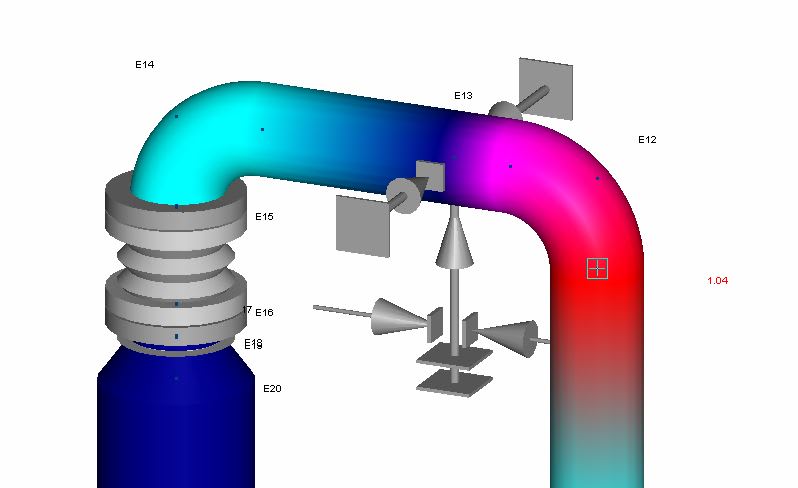tsarbomba_imported
Mechanical
The pipe stress is slightly higher at ratio of 1.05 times the allowable in sustained case. Since the factor of safety is 3 in B31.3 piping code, is this wrong way to analyze the pipe? Due to constraints in space, it is really difficult to input any supports and the cause is due to low axial stiffness of expansion joint not supporting the adjoining miter bend. Please let me know if my information is not sufficient to answer the question.

